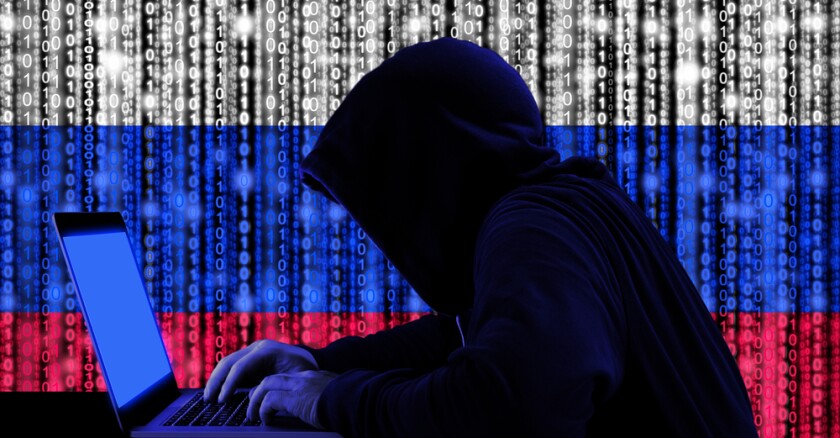Safeguarding Education: The Imperative for Secure K-12 Technology Solutions

In an era where educational institutions are leveraging technology more than ever, the rise of cyber threats poses a significant challenge to the security of K-12 schools. This comprehensive exploration delves into the pressing issue of cybersecurity in the education sector, shedding light on the Secure by Design pledge adopted by K-12 education technology providers. As we navigate this critical landscape, it becomes evident that a commitment to cutting-edge solutions is paramount, particularly tailored for the unique challenges faced by educational institutions.
I. The Growing Threat Landscape in K-12 Education
Educational institutions, especially K-12 schools, have become prime targets for cyber attacks. The increasing reliance on technology for teaching, administration, and communication has made schools vulnerable to various threats, including:
- Data Breaches: The exposure of sensitive student and staff information due to inadequate cybersecurity measures.
- Ransomware Attacks: Instances where malicious actors encrypt school data, demanding ransom for its release.
- Disruption of Learning Environments: Cyber attacks leading to disruptions in online learning platforms and educational activities.
II. Understanding the Secure by Design Pledge
In response to the escalating threats, K-12 education technology providers have undertaken a Secure by Design pledge. This commitment reflects a proactive approach to cybersecurity, emphasizing the integration of security measures at the core of technology solutions. The key components of the Secure by Design pledge include:
- Preventative Measures: Implementing robust security measures to prevent cyber threats before they can exploit vulnerabilities.
- Continuous Monitoring: Regularly monitoring systems for potential security risks and addressing any identified issues promptly.
- User Education: Providing ongoing education and training for educators, students, and staff to enhance awareness and promote secure online practices.
III. Pioneering Innovations in Education Security
Leaders in the realm of cybersecurity consistently push the boundaries of innovation to provide top-tier solutions for educational institutions. Here’s how cutting-edge solutions are paving the way for enhanced security:
- Advanced Threat Detection: Incorporating cutting-edge threat detection mechanisms to identify and neutralize potential risks before they escalate.
- Encryption and Data Protection: Prioritizing the encryption of sensitive data to safeguard against unauthorized access and potential breaches.
- Adaptive Security Frameworks: Utilizing adaptive security frameworks that evolve with emerging threats, ensuring sustained protection against the latest cyber attack vectors.
IV. The Impact of Cybersecurity on K-12 Education
The repercussions of inadequate cybersecurity in K-12 education are far-reaching and extend beyond immediate data breaches. Key areas of impact include:
- Student Privacy Concerns: Breaches compromise the privacy of students, potentially leading to identity theft and unauthorized use of personal information.
- Disruption of Learning: Cyber attacks can disrupt online learning platforms, causing interruptions in the delivery of educational content and activities.
- Financial Consequences: Schools may face financial losses due to ransom payments, legal ramifications, and the costs associated with resolving security incidents.
V. A Holistic Approach to Education Security
The commitment to education security goes beyond conventional measures, adopting a holistic approach that addresses the multifaceted challenges faced by K-12 institutions:
- Collaboration with Stakeholders: Close collaboration with educators, administrators, and other stakeholders to understand the unique security needs of each educational institution.
- Customized Security Solutions: Tailoring security solutions to the specific requirements of K-12 schools, considering factors such as size, infrastructure, and technological dependencies.
- Proactive Security Education: A strong emphasis on proactive security education, providing training programs to empower educators and staff to navigate the digital landscape securely.
VI. Future-Proofing Education: A Vision for Enhanced Security
As technology evolves, so do cyber threats. A vision for the future involves:
- AI-Driven Security: Harnessing the power of artificial intelligence to enhance predictive analysis and identify potential security threats with greater accuracy.
- Continuous Innovation: Staying ahead of the curve by investing in research and development to bring forth innovative solutions that address evolving cybersecurity challenges.
- Global Collaborations: Actively engaging in global collaborations to share insights, best practices, and threat intelligence, fostering a collective effort to enhance education security worldwide.
VII. The Role of Secure Technology in Shaping the Future of Education
As education continues to embrace digital transformation, the role of secure technology becomes increasingly pivotal in shaping the future of learning. A future vision includes:
- Seamless Learning Environments: Secure technology facilitates seamless and uninterrupted learning experiences, whether in the classroom or online.
- Empowered Educators: Educators are empowered with tools and resources that prioritize security, allowing them to focus on delivering quality education without compromising on safety.
- Student-Centric Solutions: Technology solutions are designed with the student in mind, ensuring their safety, privacy, and optimal learning experience.
VIII. Empowering Schools: A Call to Action
For K-12 institutions seeking robust cybersecurity solutions, a commitment to cutting-edge solutions emerges as a steadfast ally in the journey towards a secure educational environment.
- Request a Security Assessment: Comprehensive security assessments can identify vulnerabilities and recommend tailored solutions.
- Explore Customized Packages: Tailor security packages based on the unique needs and challenges faced by individual educational institutions.
- Engage in Proactive Security Education: Implement proactive security education programs for educators, students, and staff.
Conclusion: A Secure Future for Education
In conclusion, the intersection of technology and education necessitates a robust cybersecurity framework to safeguard the integrity of learning environments. The Secure by Design pledge embraced by K-12 education technology providers, coupled with the commitment to cutting-edge solutions, paves the way for a secure and resilient future in education. As we embark on this journey, the link between education and cutting-edge technology becomes inseparable, shaping a future where learning knows no bounds, and security is paramount.


